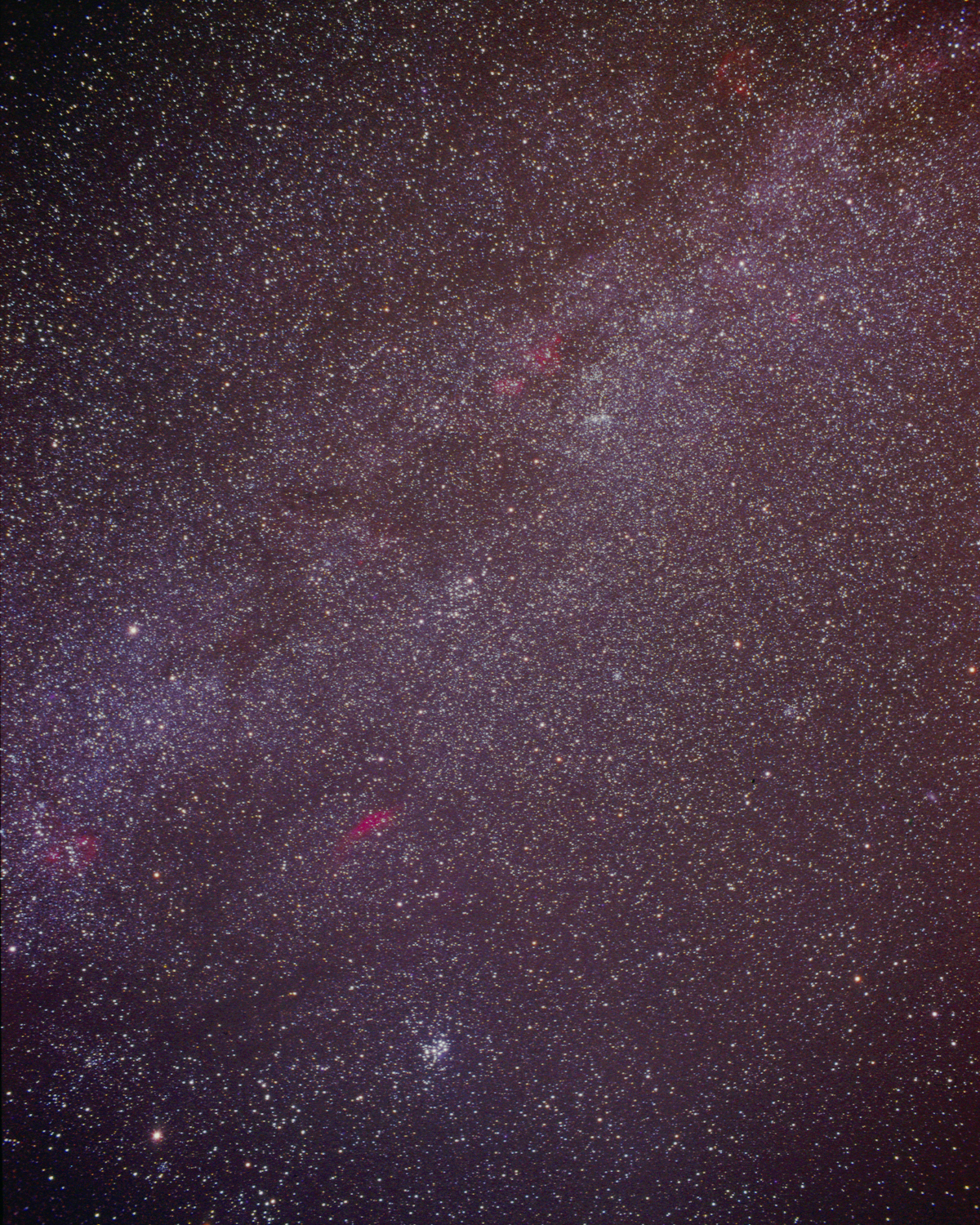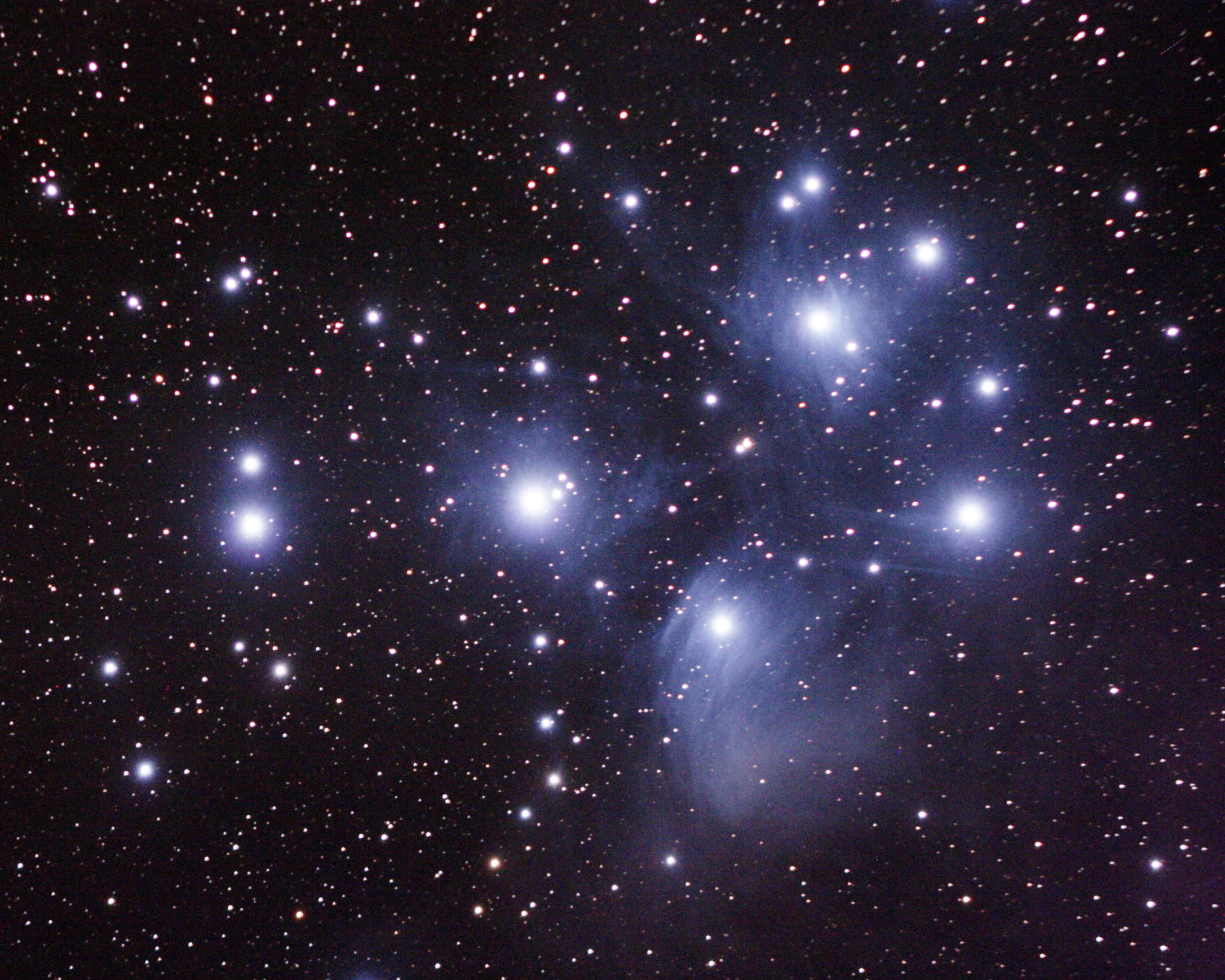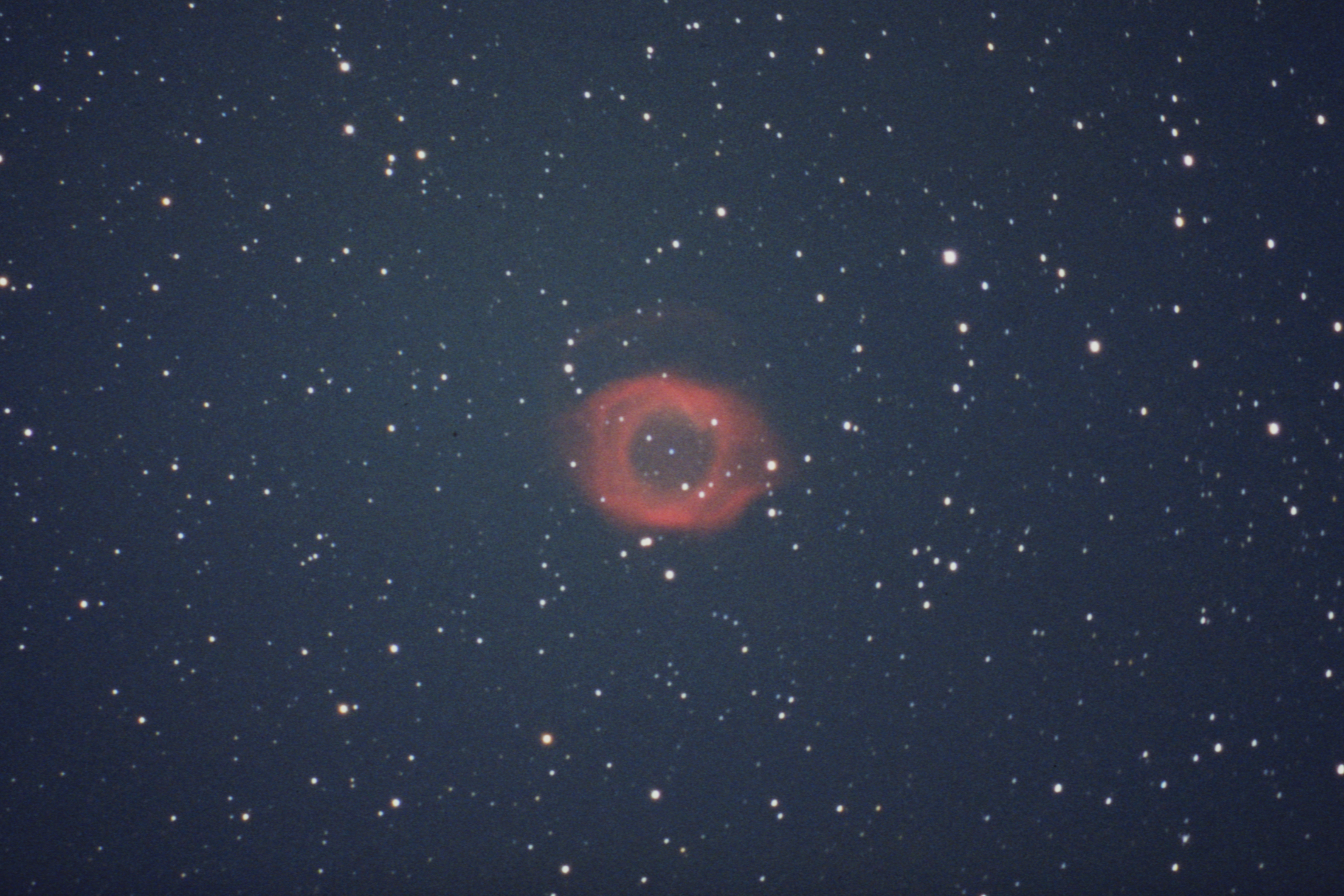Having placed my cameras and committing them to their posts for the night, I returned to my telescope at the upper end of the boat launch. The tasks of drift-aligning the mount and finding the exact film plane focus occupy me for the next hour. During this time, another visitor arrives from the campground, a man in his late twenties, early thirties perhaps–it’s harder to assess the character of my visitors after dark. Mike, a laid-off telecommunications worker, was a victim of the industry’s own productivity during the boom of internet and telephone excess. He was a “fiber-puller” and now that the country had connected every hub to every other hub with more bandwidth than could be fully used, there was no more work for him. I wondered if there was a similar moment when the major cities had finally been connected by railroad. Did we then have a surplus of steel men, unaware that the tracks they had just laid would serve for the next century?
Mike was content to talk and ask questions as I was performing my setup, and also content to look through the eyepiece at the nondescript target star I was using to do my alignment, without pressuring me to see anything more significant. I think he had the same desire as Holly to connect with the sky; he had found his way to my circle of equipment, but his interest was more diffuse. Like most who make an effort to be outdoors in remote places, he enjoyed the grandeur of the night sky, and wanted in some way to share his feeling with someone he suspected would be sympathetic.
Mike’s stories of camping out with his brother, of the locations he’d been while installing fiber lines, and other topics kept me company during the otherwise unexciting wait periods while drift-aligning. He didn’t mind that from time to time I would divert my attention to the faint target in the eyepiece’s crosshairs and make slight adjustments to the azimuth and elevation of the mount. Eventually I could reward him with a view of the Pleides, rising in the east, taking the opportunity myself to drink in this cluster of bright stars before beginning the next phase of the night’s session.



